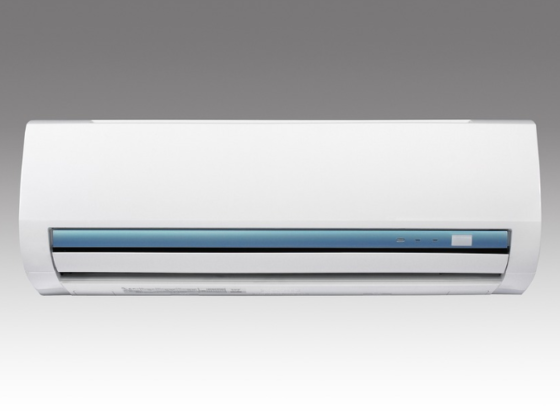Left-handed pitcher Tyler Anderson (University of Oregon) made his major league debut on June 12. The Rockies drafted the southpaw, originally from Las Vegas, Nevada, in the first round of the 2011 draft. Over the next seven years, Anderson battled multiple injuries before finally making his way to the major leagues.
Anderson was at Rockies Spring Training in 2015 and 2016 to compete for a place in the Rockies’ starting rotation, but each time suffered an injury that took him out of the running. In 2015, it was a stress fracture near his left elbow, while this year it was a less serious right oblique strain. He spent a brief time with the Rockies’ Advanced-A affiliate, the Modesto Nuts, for a rehab assignment before rocketing through Double A and Triple A. Anderson would only spend a combined five games in Double A and Triple A before being called up after LHP Chris Rusin was placed on the DL with a left shoulder strain.
The 26-year-old has looked like a seasoned veteran in his first two starts. His first game came against the San Diego Padres; Anderson pitched 6.1 innings and only gave up one run. More notably, he had six strikeouts and did not walk a single batter. He has focus on the mound that is unusual for a rookie. The Rockies eventually won the game, but Anderson was not eligible for the win.
On the 19th, against the Miami Marlins, Anderson went 5.2 innings and gave up two runs. Unfortunately, even though Anderson only has a 2.92 ERA through two games, the Rockies were unable to give him any run support, leaving him with a 0-1 record—his first major league loss. Despite the loss, Anderson did not pitch badly.
After years of pitching struggles, the Rockies are attempting to revitalize their starting rotation with young arms à la Jon Gray and eventually Jeff Hoffman. Thus far, Gray has been a standout, and while Anderson isn’t going to be blowing anyone away with his 93 mile per hour fastball, he absolutely has potential to be a strong middle of the rotation pitcher. His fastballs have good location, and he has command of a changeup, slider, and curveball. His changeup is particularly good, which benefits the need for groundball outs at Coors Field. Hopefully his body will be able to stand up to pitching at altitude and with luck, injuries won’t plague him at the major league level.
Anderson is the perfect example of how getting from drafted to actually be in the major leagues can be a long, arduous battle. He had to deal with multiple injuries and setbacks while other pitchers, like Jon Gray, spent only a few years in the minor leagues before making their debuts. However, this has hopefully given him maturity and perspective that will help him on the mound. Anderson’s been around professional baseball for almost a decade now and has certainly battled adversity, which translates to toughness on the mound. With only a couple of starts under his belt, Anderson looks like a step in the right direction for the Rockies.











